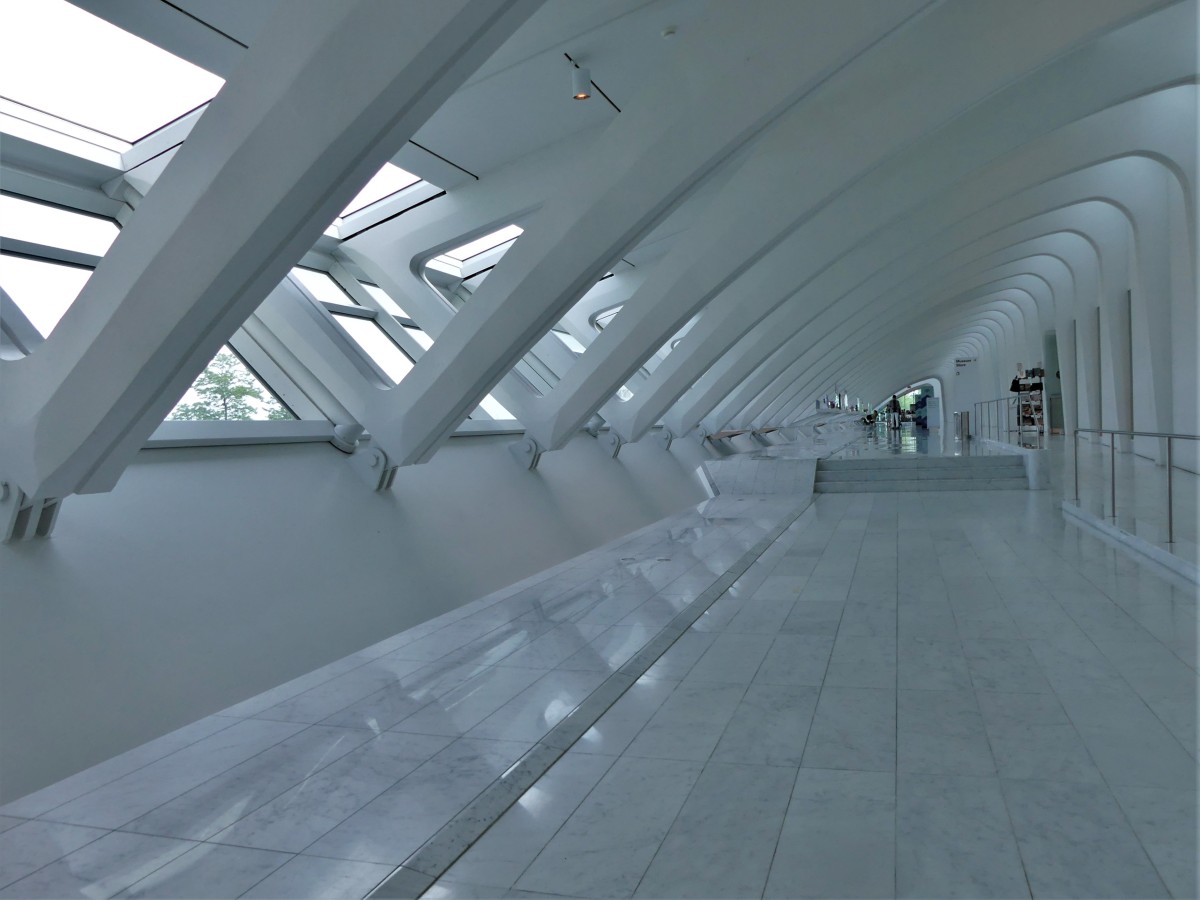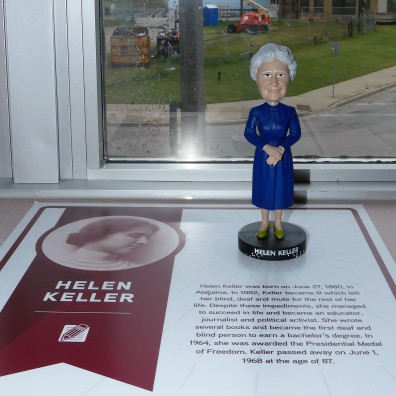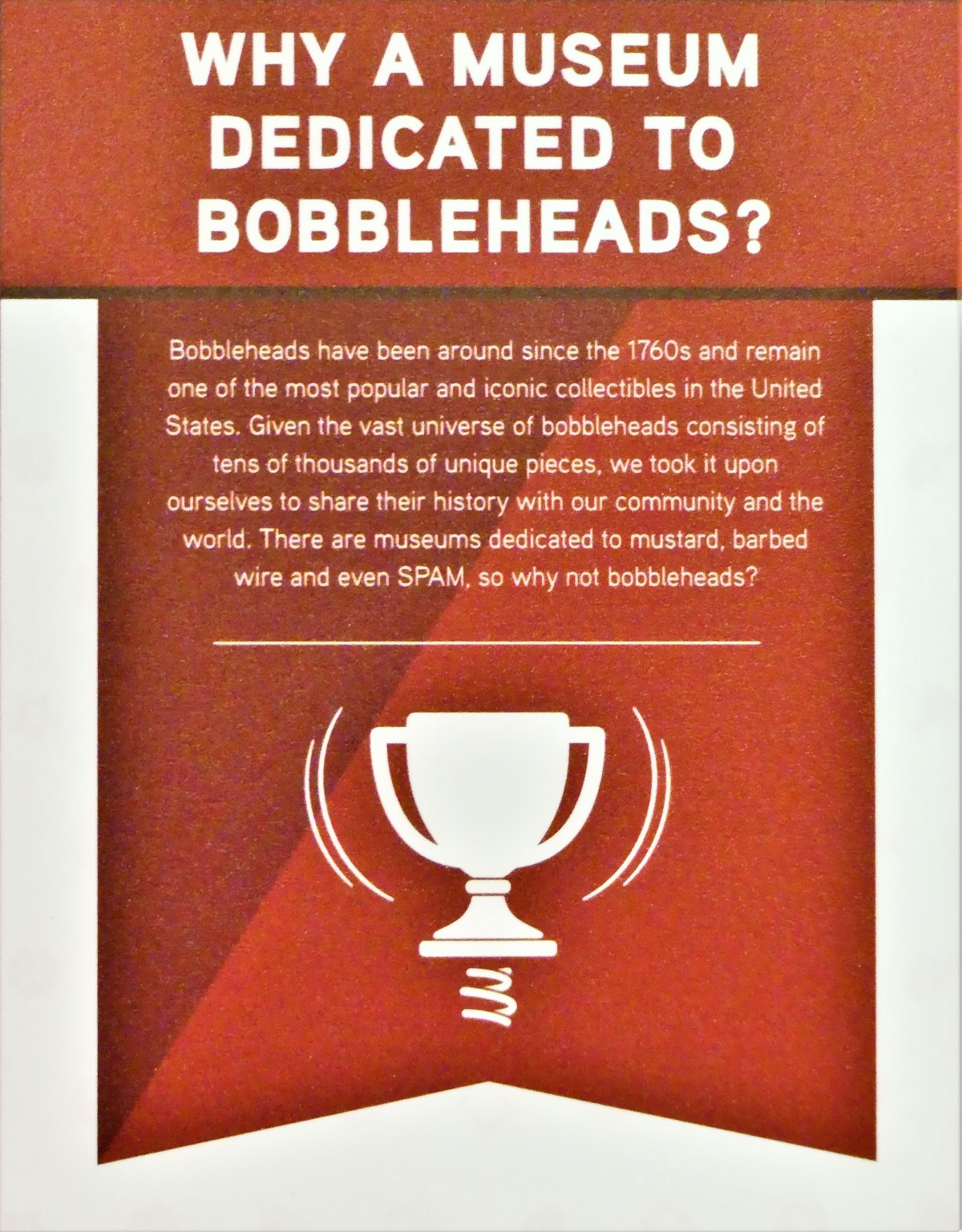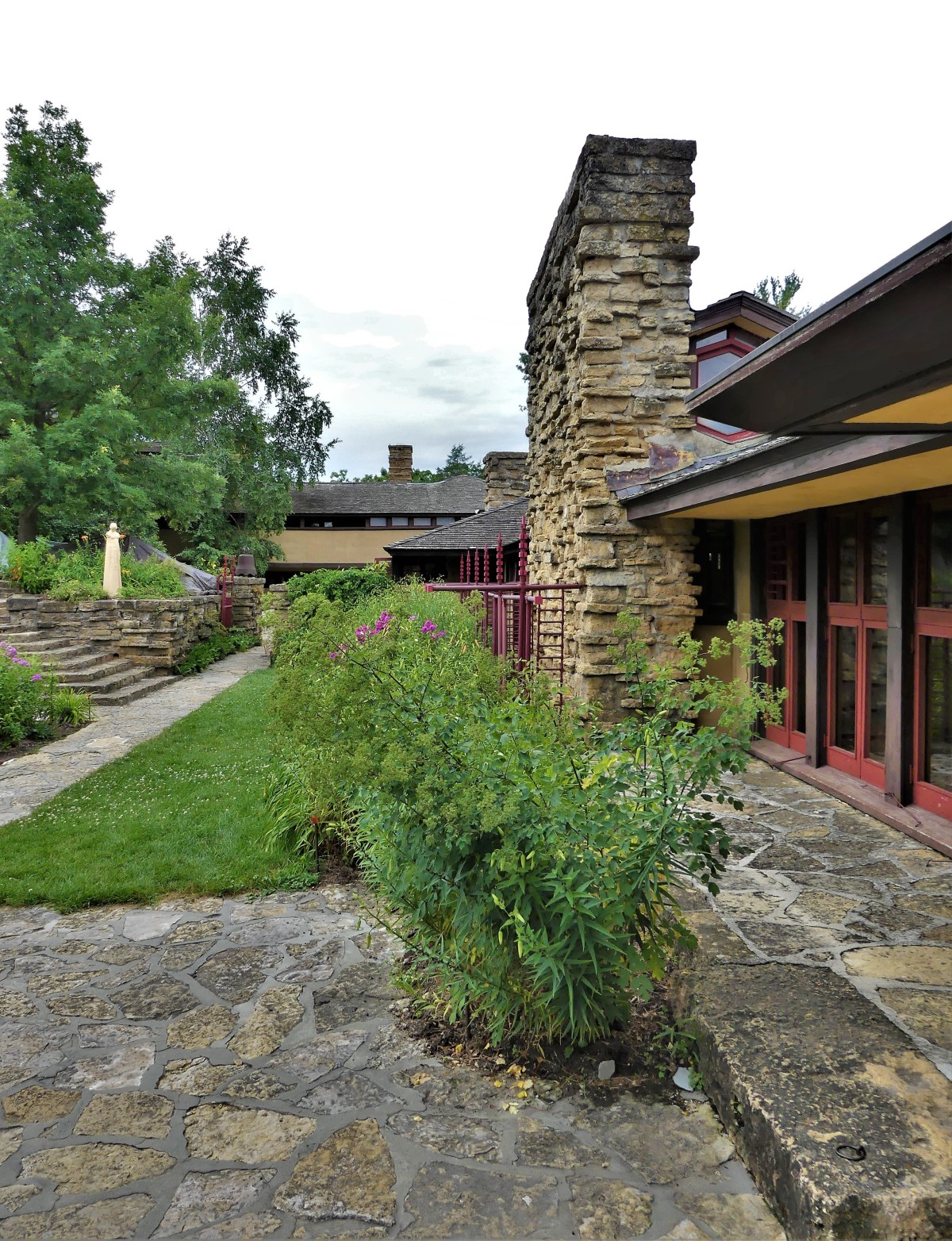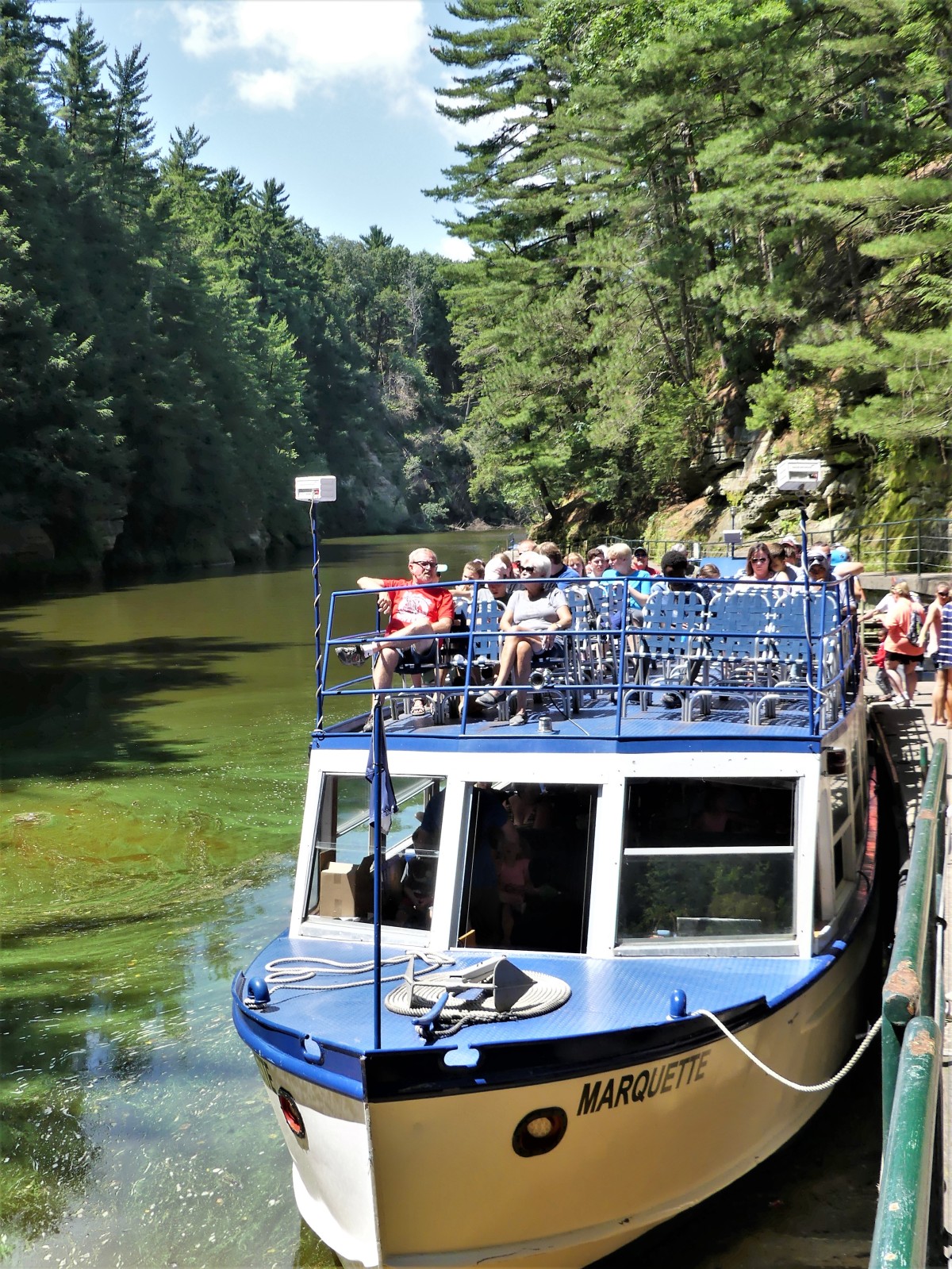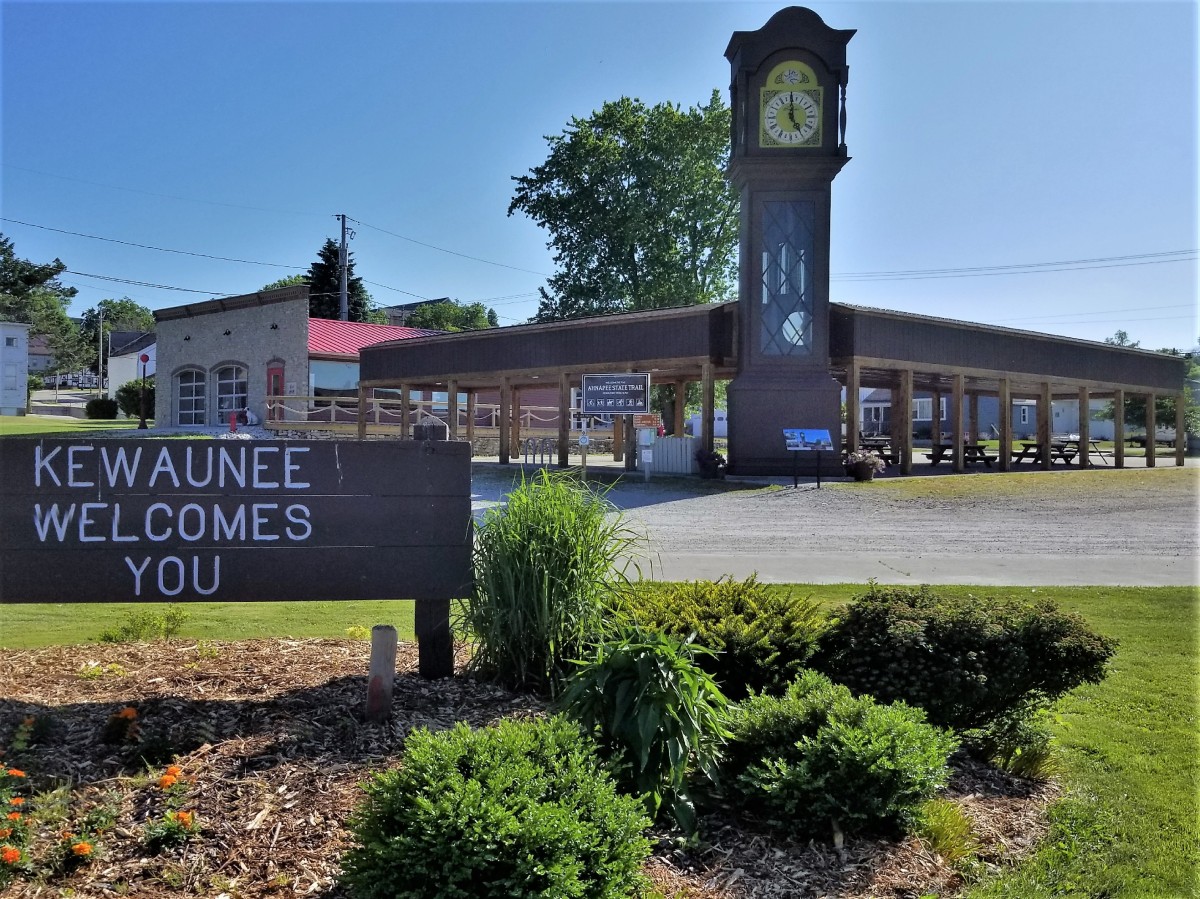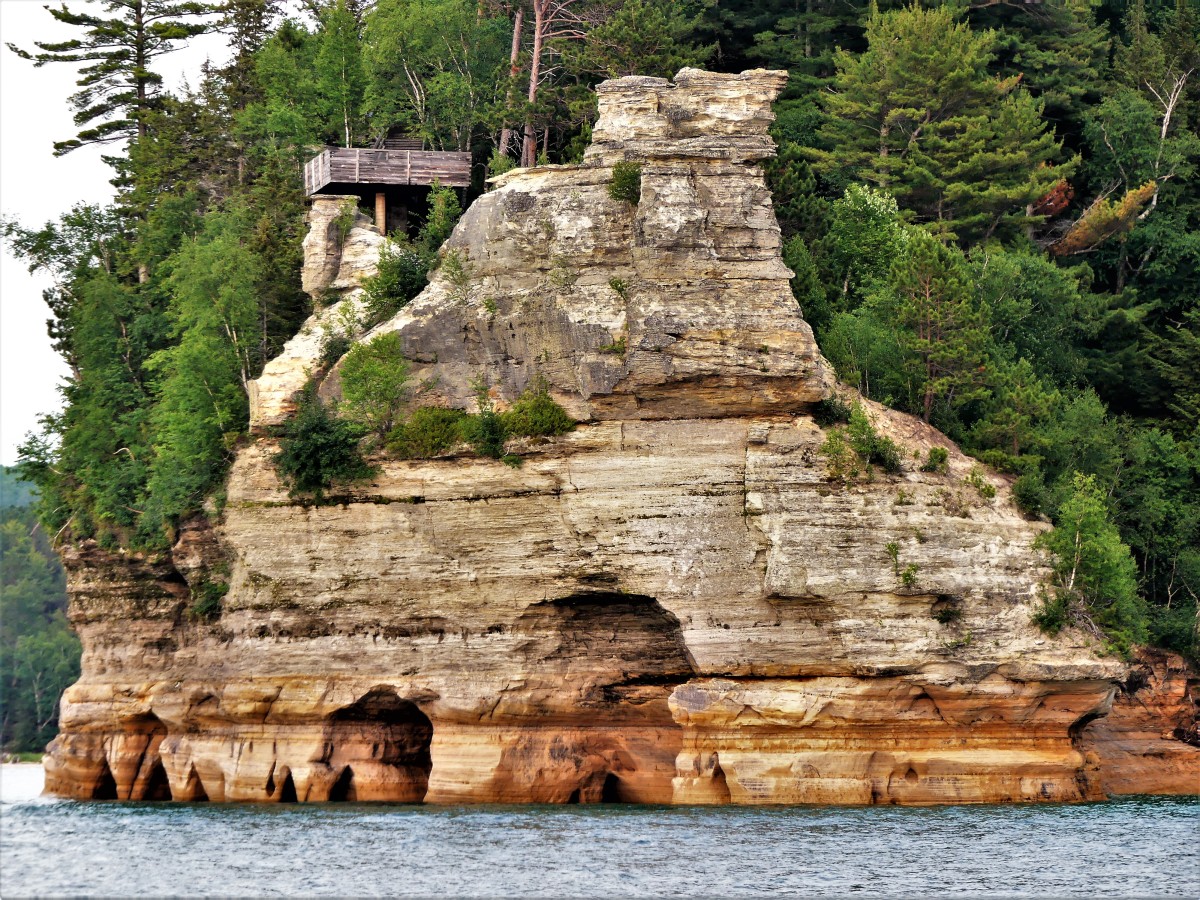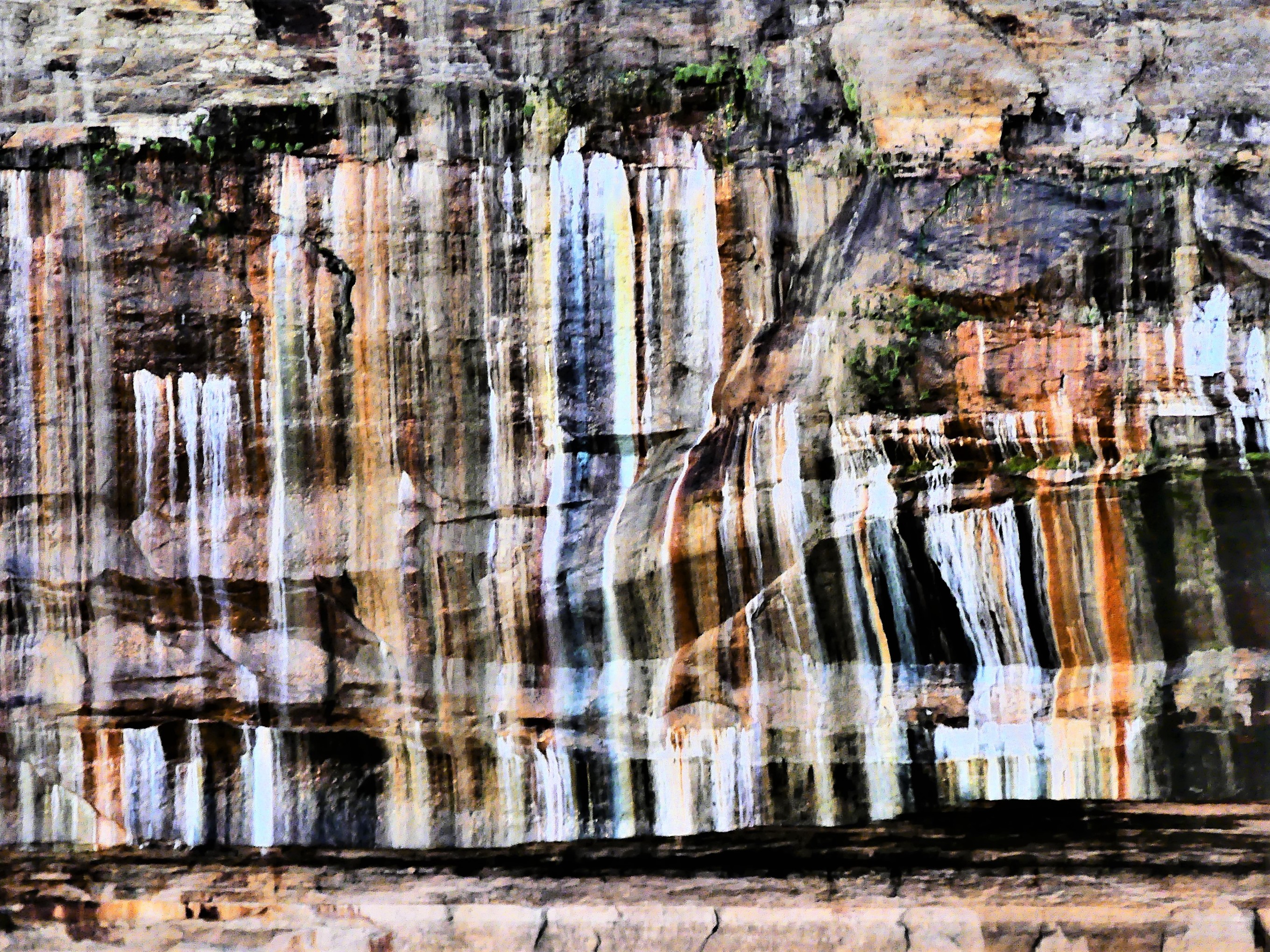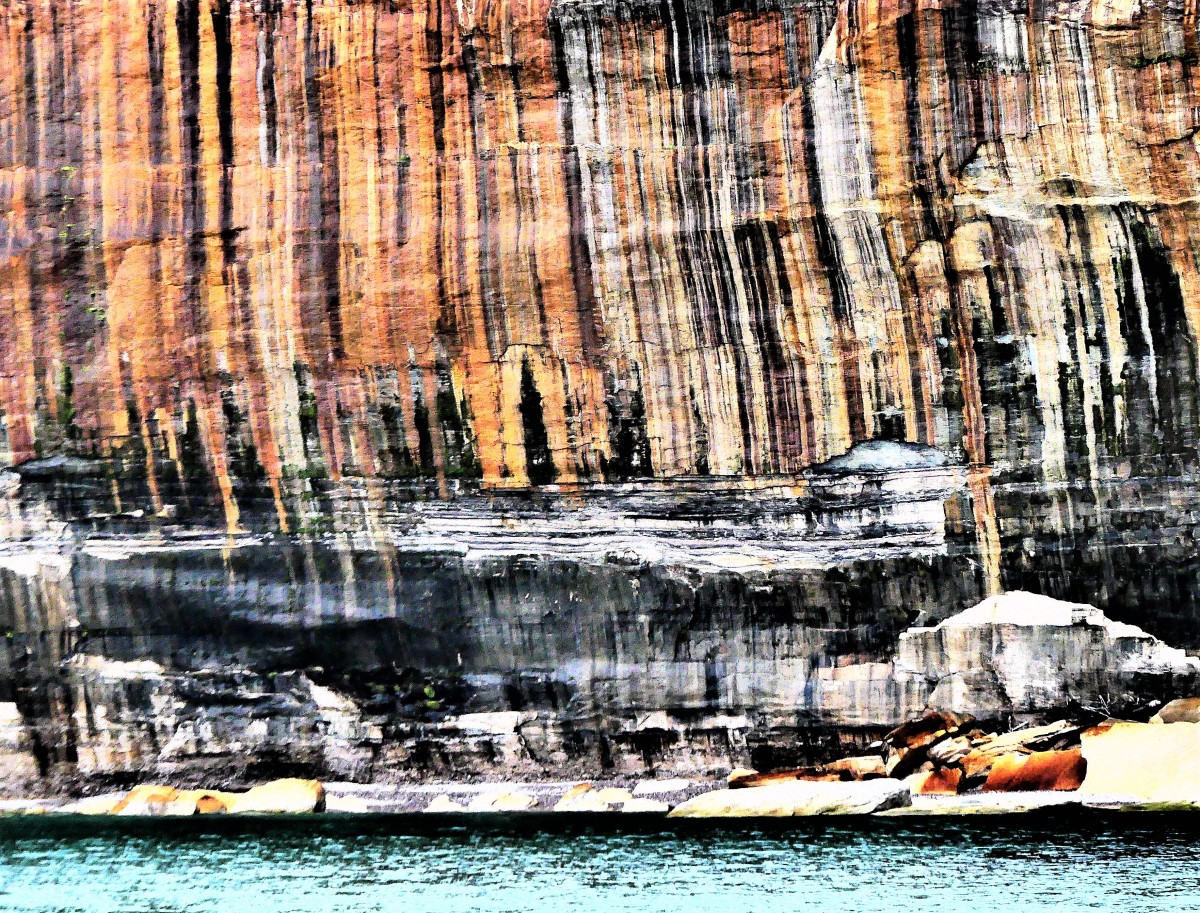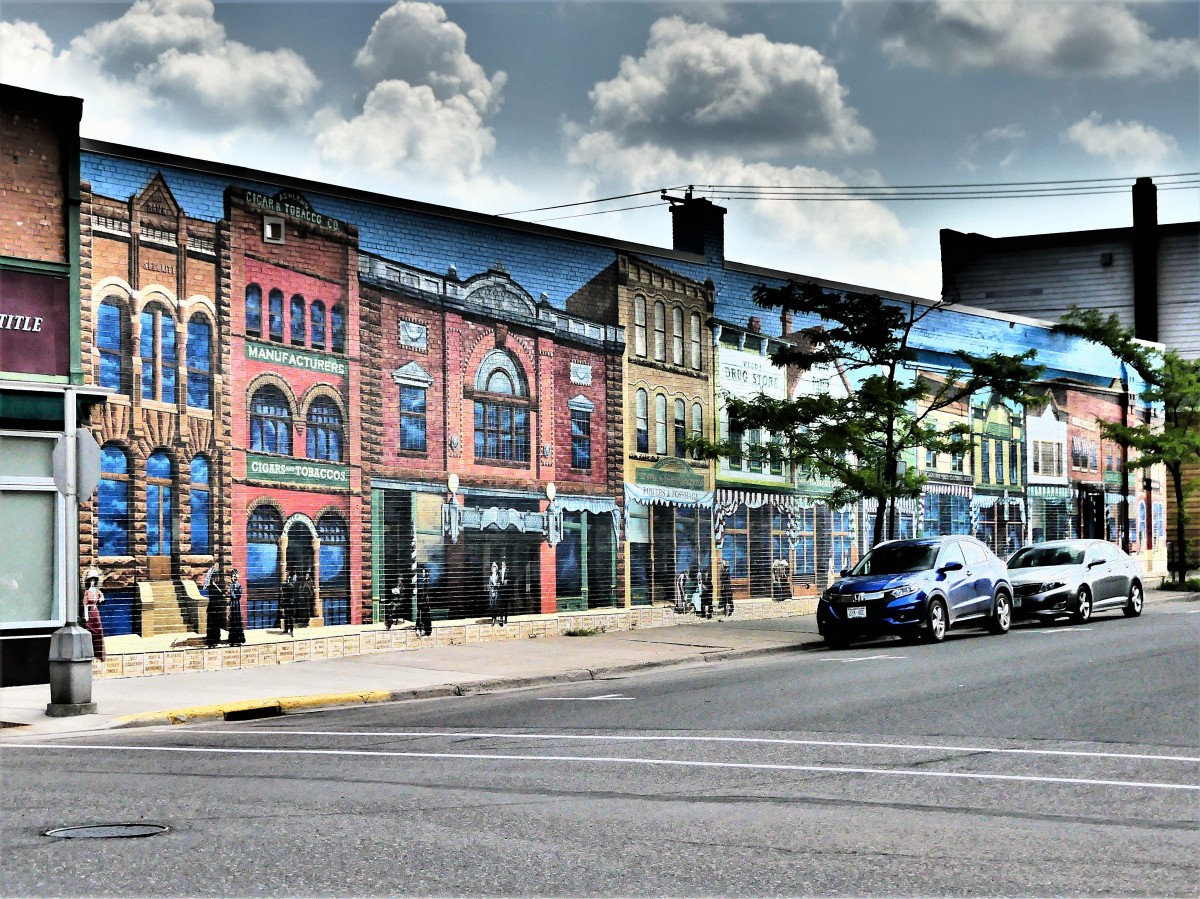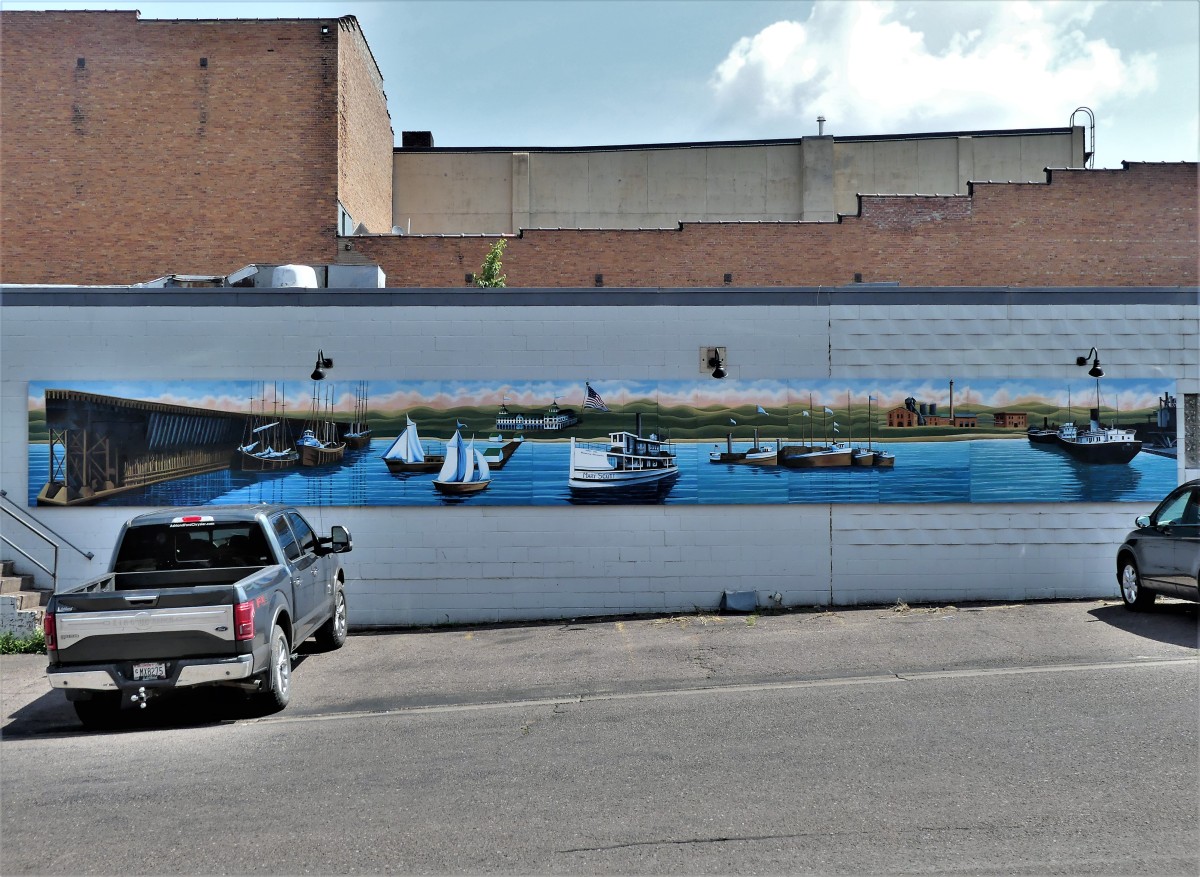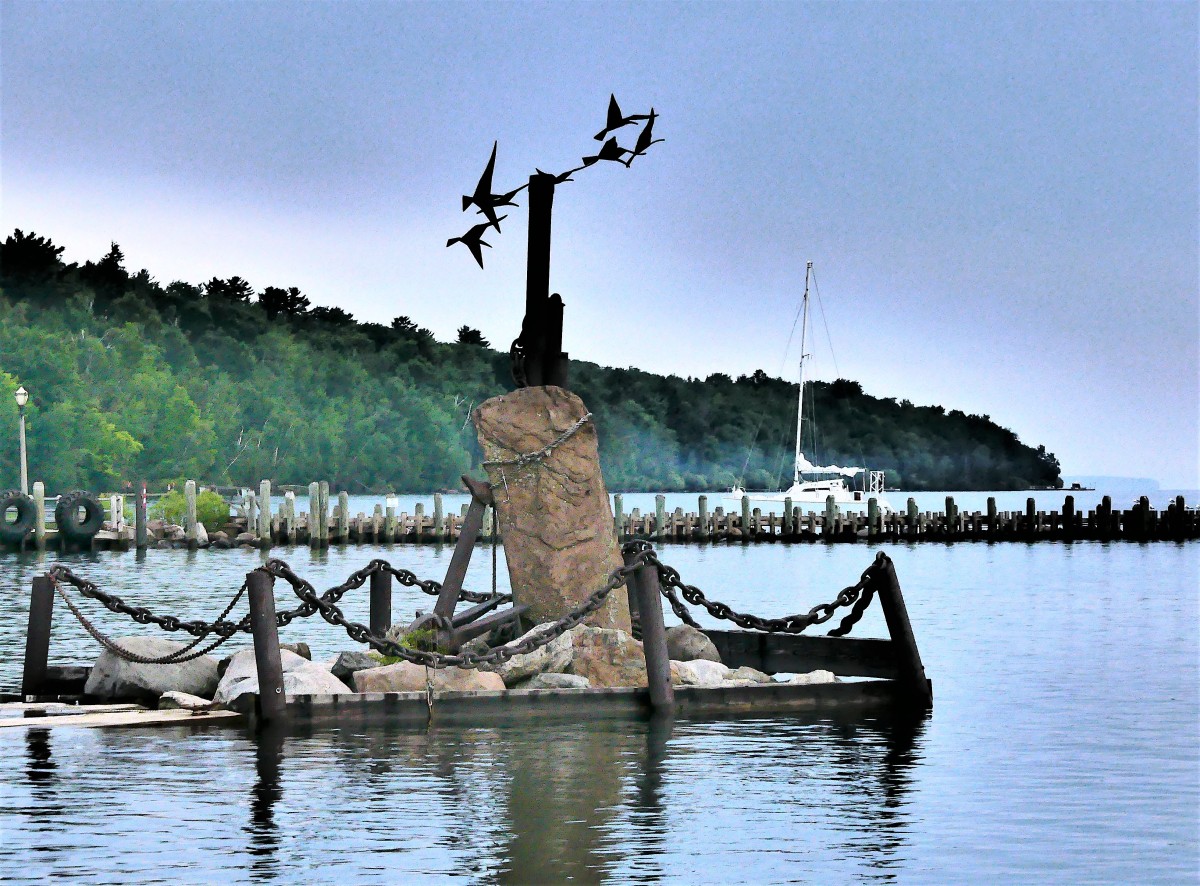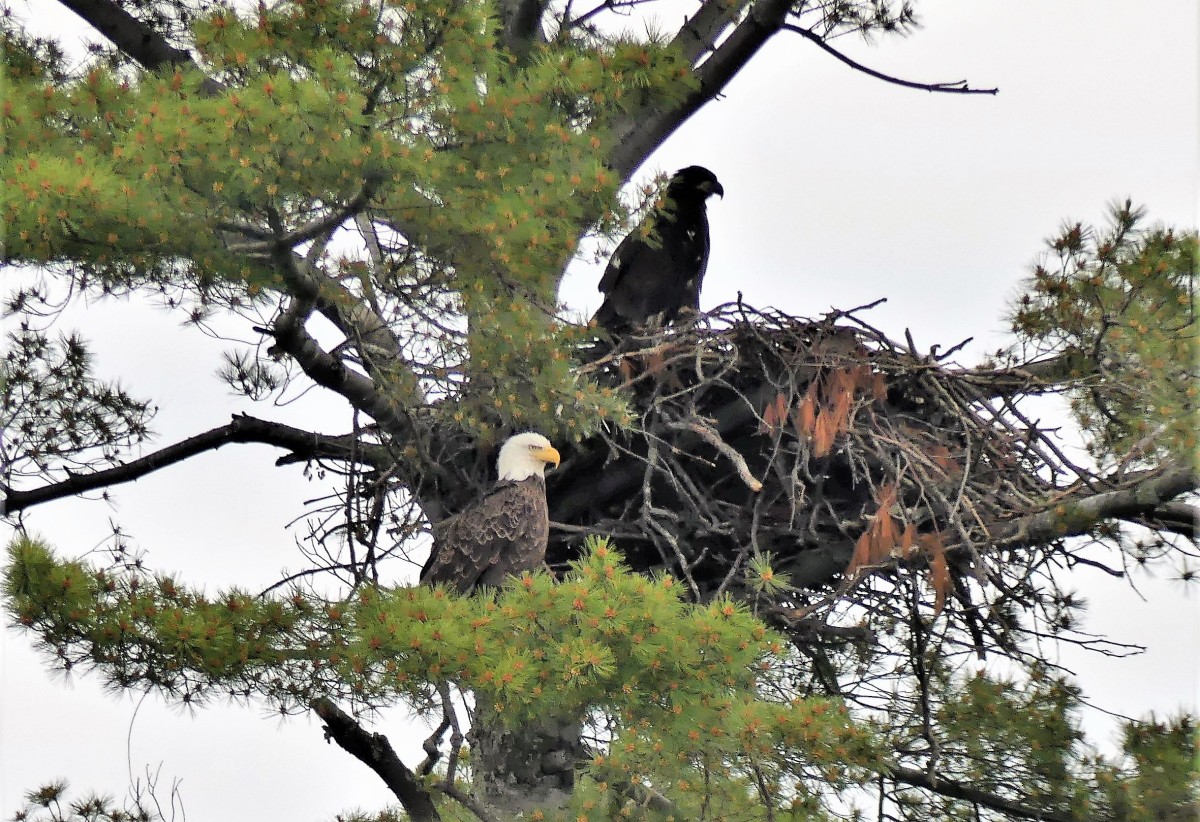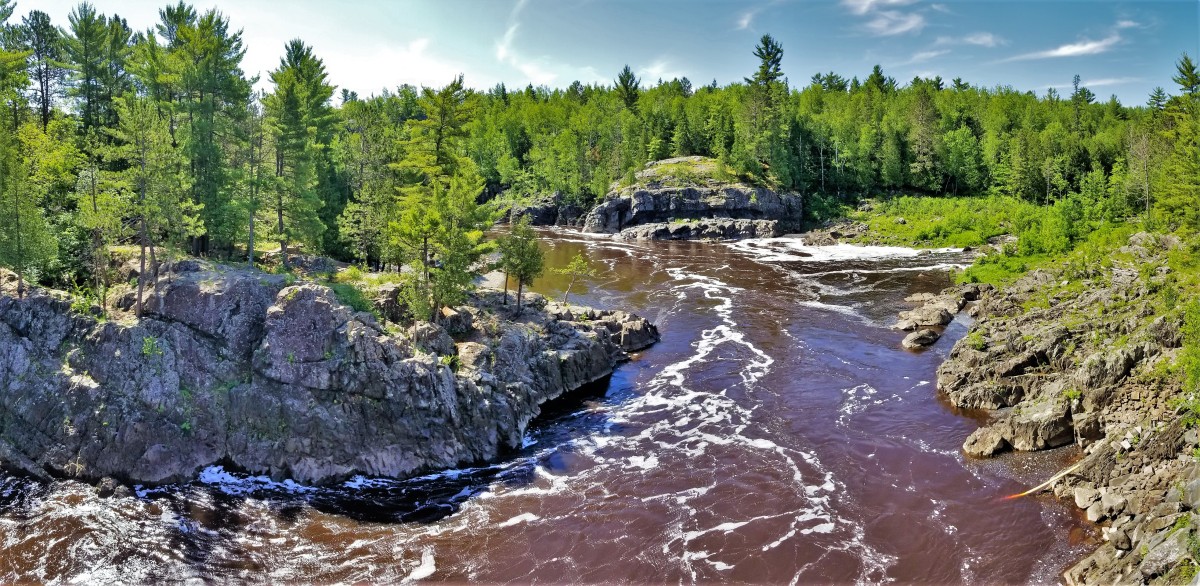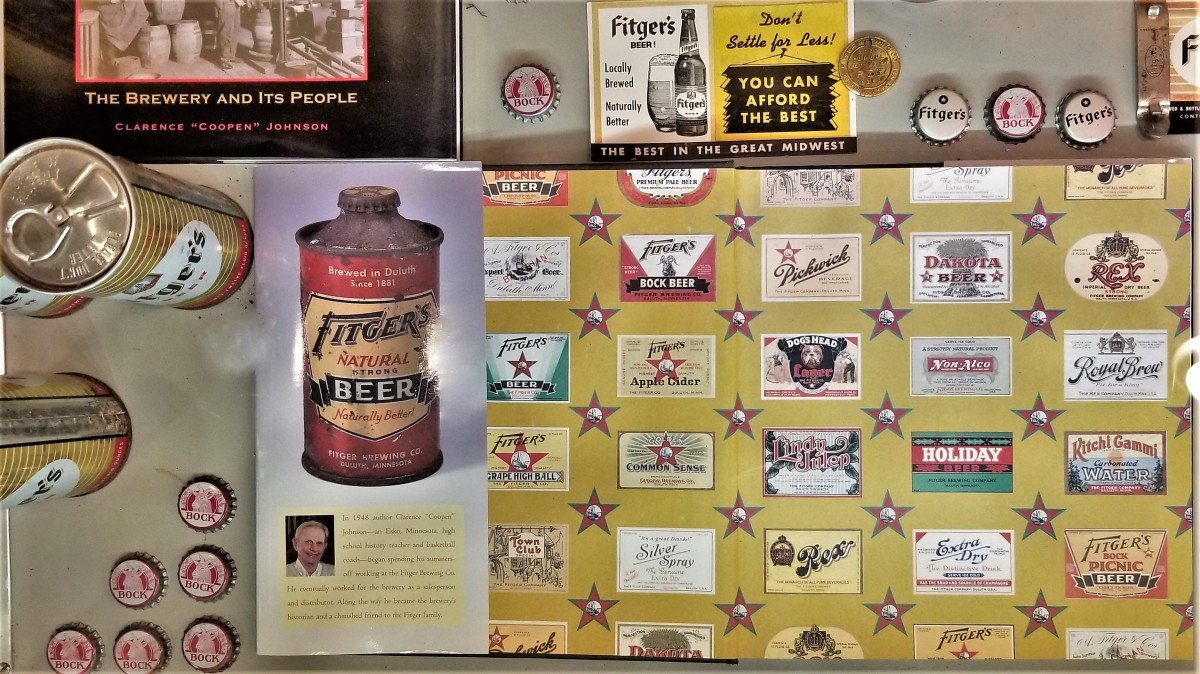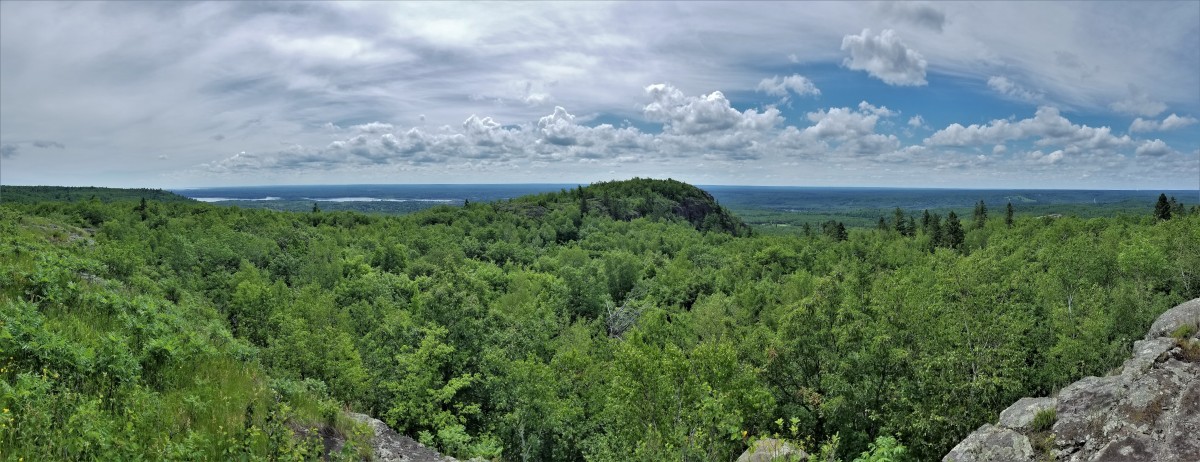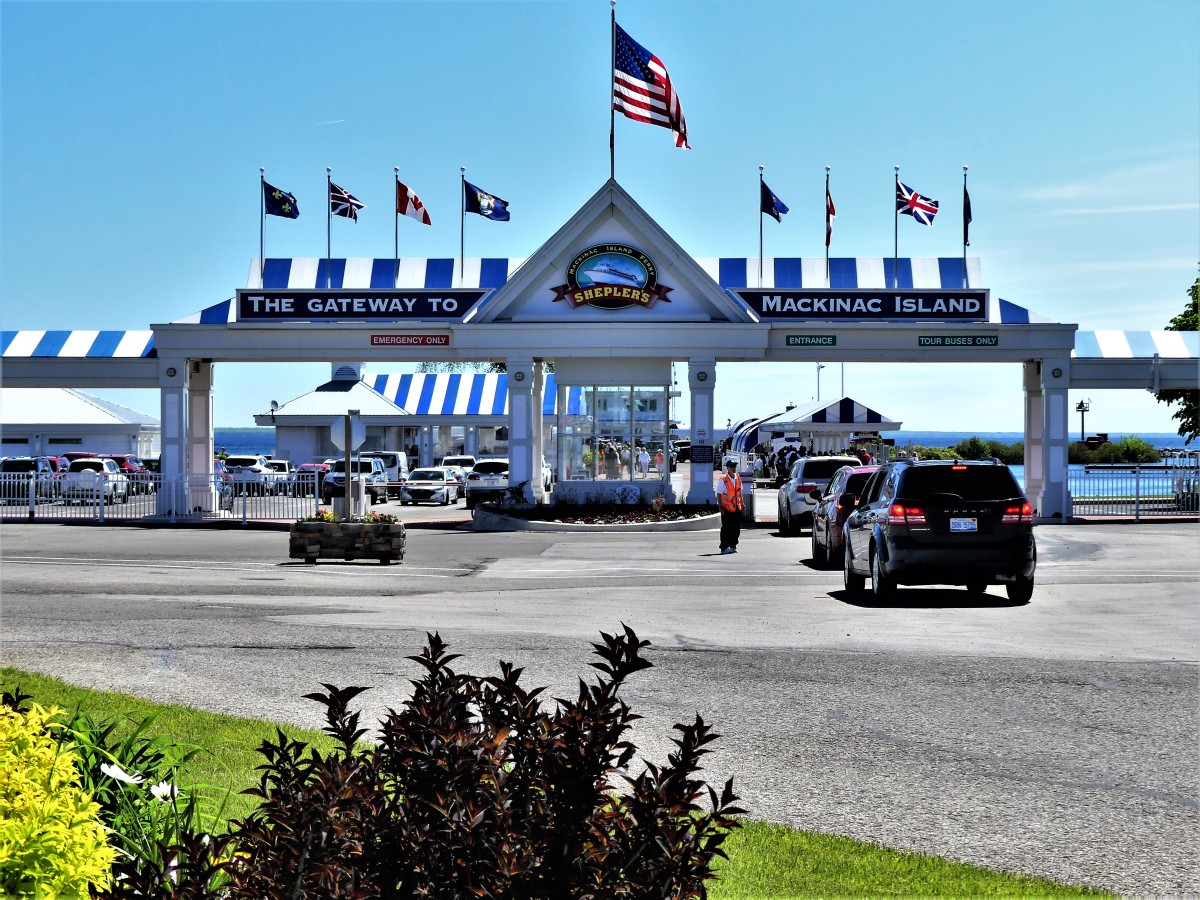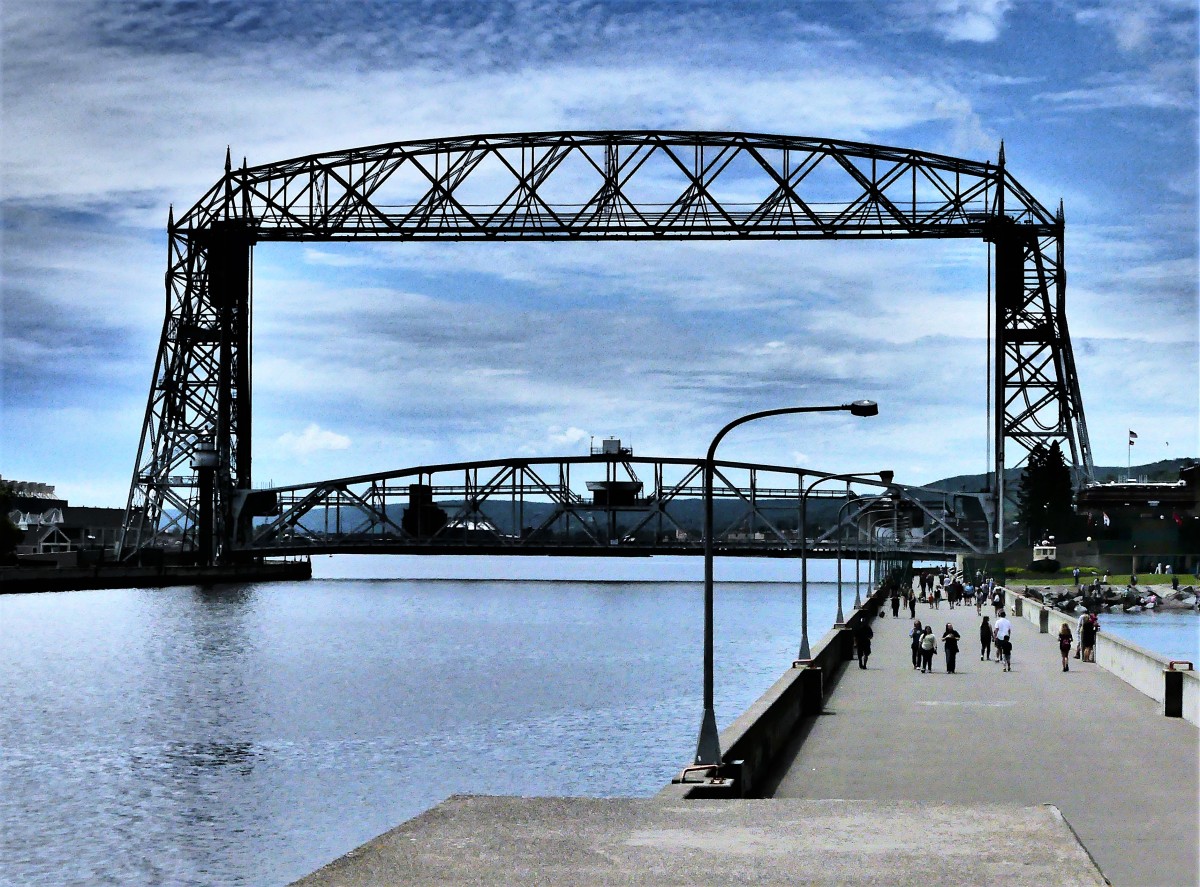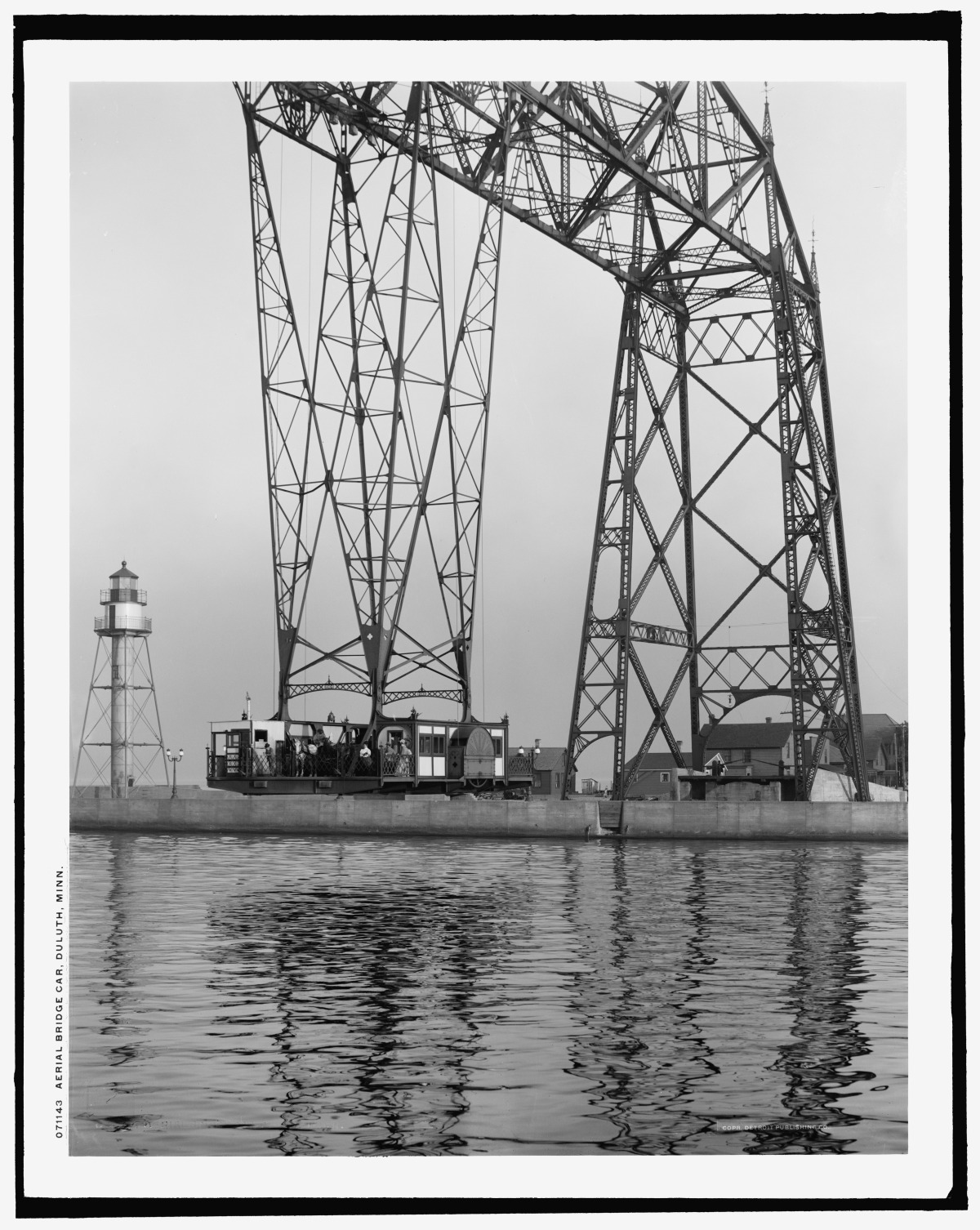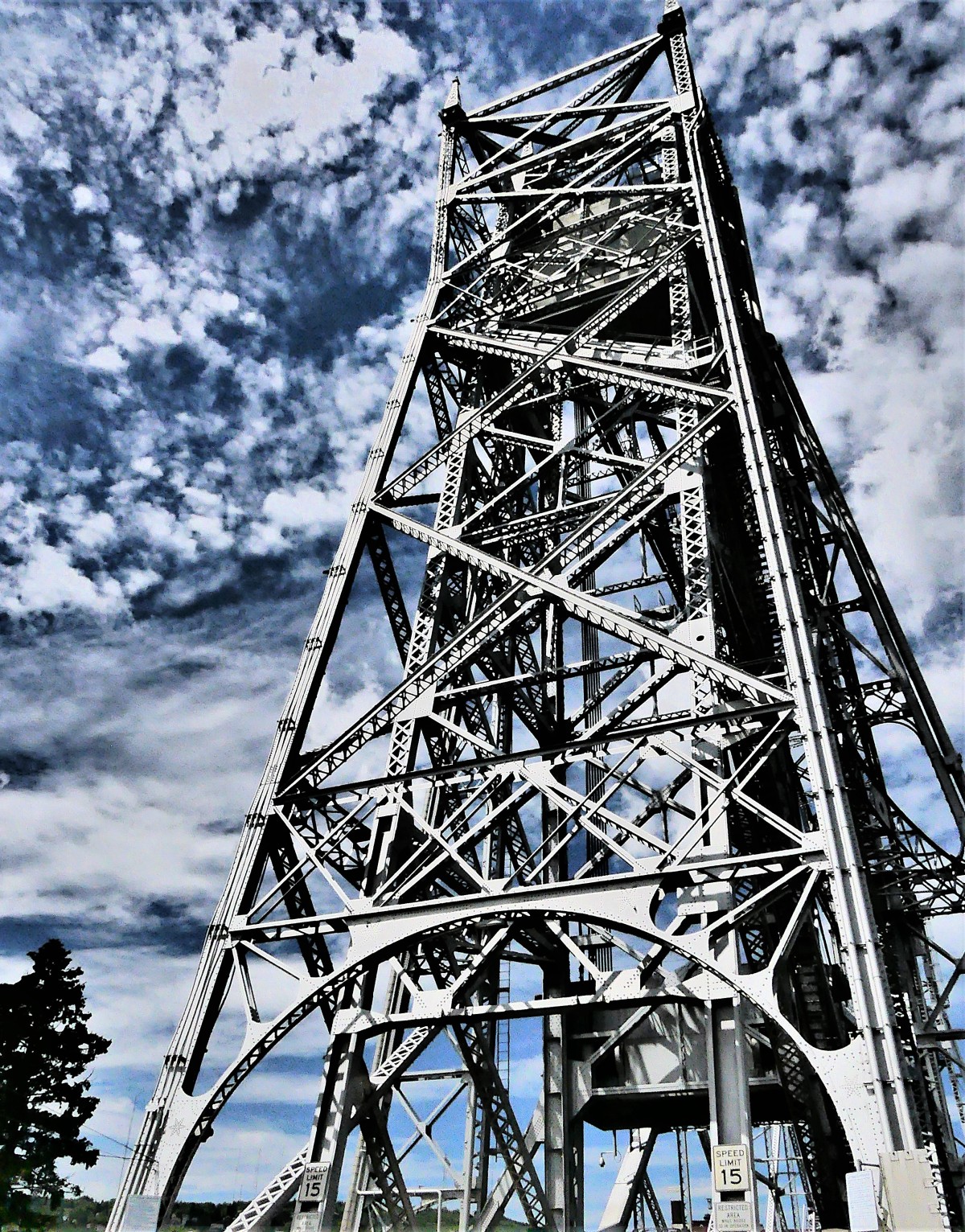When roaming through remote Great Lakes country, media options can be very limited…and often times frustrating. While Leah has her Kindle, and I have my blog, sometimes it’s nice to lounge after dinner and watch television. However, settling in at RV parks with poor TV and WiFi reception has become increasingly routine on this journey. But we will not be deterred.
As with every new campground site setup, we crank up the antennae and run the auto program, if only to prove to ourselves that, once again, there is nothing to watch but God TV–at best, a righteous and self-fulfilling prophecy.
On the occasion that we pulled into our newest destination on the edge of Munising, Wisconsin, we did our due diligence to raise the antennae and run the channels.
“Hey Neal, we got 5 channels coming through on digital air,” Leah exclaimed.
Having left the Apostle Islands, I concluded that it was probably God’s will.
The next voice I heard belonged to Steve Harvey. He was introducing the Garrett family from Conway, Arkansas, and their opponent, the Crosby family from Bonnor Springs, Kansas. Perhaps, it was some kind of omen that we were picking up the digital signal from the local FOX affiliate in Duluth. Or maybe it was my penance.
“Gimme Dante [Garrett] and Mike [Conway], and let’s get this feud started. One hundred people were surveyed and asked, ‘Before a date, name a food a flat-chested woman might stuff in her bra,'” mused Steve.
Dante beat Mike to the buzzer. “Apple,” he asserted, and quickly got blasted with a superimposed “X” over his face.
“What!? Are you kidding me, an apple?” I asked.
Harvey turned to Mike and reiterated, “Before a date, name a food a flat-chested woman might stuff in her bra.”
“Onion,” announced Mike, which also earned him a shiny red X.
Harvey turned to Dante’s wife, Shawnte for an answer. “Pear,” she answered.
Another X.
Steve crossed over to Jessica Crosby and appealed for a correct answer. “Before a date, name a food a flat-chested woman might stuff in her bra,” he pleaded.
“Watermelon,” she proclaimed with certainty.
It turns out that Melons/Watermelon was the #4 answer. The Crosbys decided to play.
Leah and I laughed uncontrollably.
“Really!? I can’t believe that answer was up there,” said Leah.
Dustin suggested coconut, which got him an X. But Jen thought that biscuits were the best way to fill out a bra.
Surprisingly, so did the judges, as Bread/Buns was revealed as the #2 answer.
Steve Harvey approached Sandy Crosby next. “Peach,” she affirmed, and consequently, accrued a second X.
Steve returned to Mike. “Your family has two strikes against them. One more strike and the Garretts can steal your money. Give me the name of a food that a flat-chested woman might stuff in her bra,” he pitched.
“I think she would pick an orange,” expressed Mike.
Sho’nuff, it was the #1 answer.
Moving down the line, Steve turned to Shawnte again, and repeated the survey question.
“How ’bout a pepper. Y’know, like a bell pepper,” thought Jessica.
“Who are these people!?” I exclaimed.
“I think the whole question is ridiculous,” mused Leah.
“It’s not how I would prepare stuffed peppers,” I scoffed.
Meanwhile, the Garretts were huddling and wildly gesticulating behind their stage props as they considered their options.
Steve Harvey strode across the stage to the Garrett family’s side, and announced that the Garrett family can steal the Crosby’s money, if they can come up with another answer that’s on the board.
Dante Garrett steps out from the huddle and turns to Steve, “We’re gonna go with chicken.”
“That’s right, Steve. Y’know, like chicken…breasts, an’ all?” Shawnte mimed with imaginary breasts.
Leah and I were shaking the Airstream with laughter.
The TV image froze, then sputtered, then randomly pixilated all around the screen before vanishing. My television reception was lost, and the screen went blank.
“That’s how it ends for us!? I shreiked.
“What about their answer? Did the Garretts steal the Crosby’s money or not?
“I guess we’ll never know,” Leah speculated.
“You’re not curious?” I wondered.
“Not really. But I think it’s such an absurd answer–it wouldn’t surprise me if it was up there.”
“I guess we’ll never know,” I shrugged.
The following day, Leah and I hiked over .4 mi. of boardwalk to get a look at Wagner Falls.

Because the forecast was uncertain, with a high probability of rain, we figured on a nearby activity that wouldn’t require much effort or time,
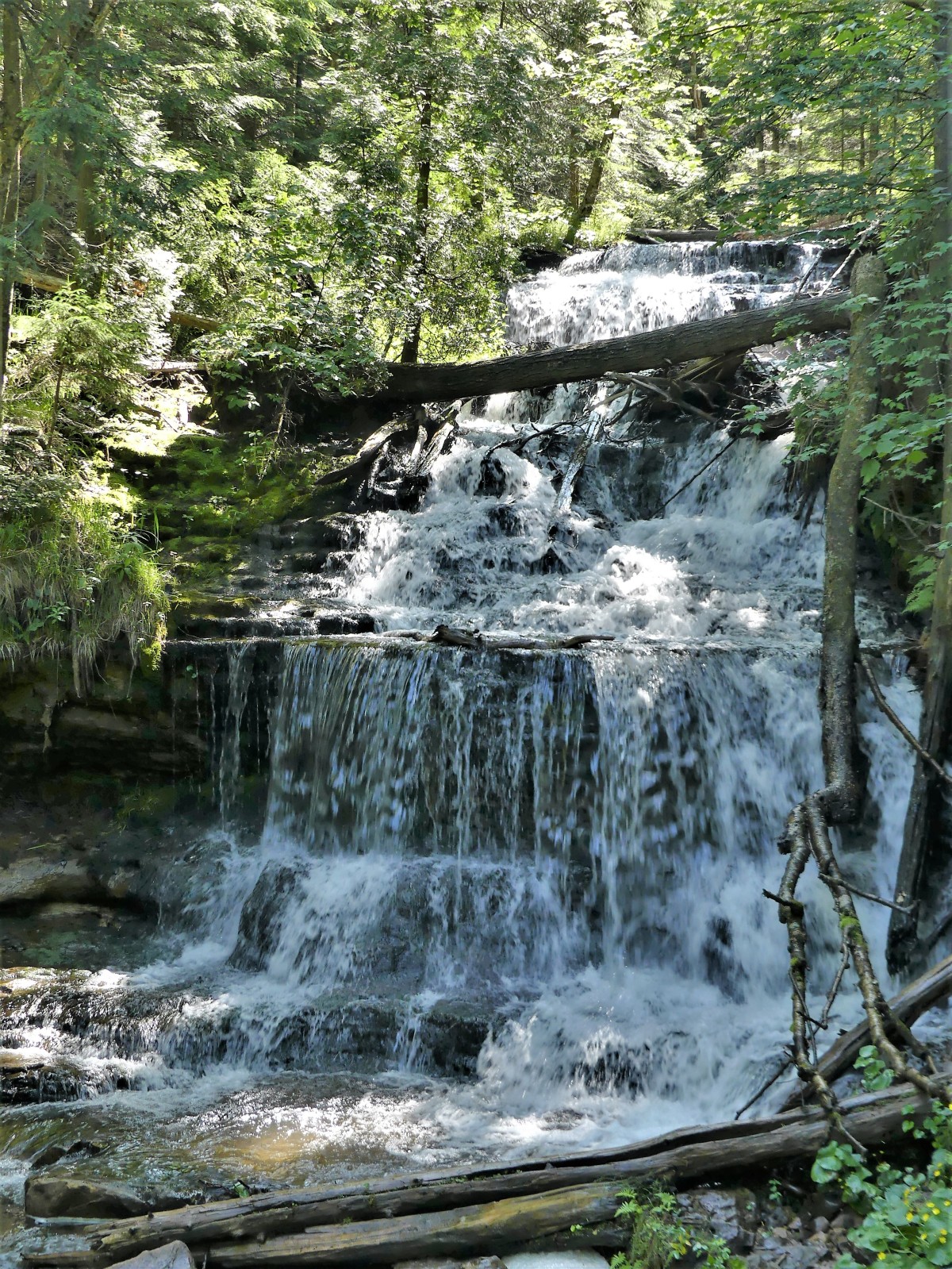
but still gave the impression that we did something active.

Our next stop was the Musining Public Library for its WiFi connection. Because the library shares space with the neighboring high school the librarian personally entered the password…as if that was going to stop me from selling it to coeds, who would use it to stream porn instead of doing school research.
Once Leah finished downloading a series or two or three from Netflix, we were ready to go.
“By the way…I have the answer from Family Feud. I know how it ends.” I teased.
“So tell me,” she coaxed.
“But you said you didn’t care. You said the whole thing was stupid,” I argued. “Tell you what…
I’ll let you know online…”

And that’s why I miss TV from time to time.
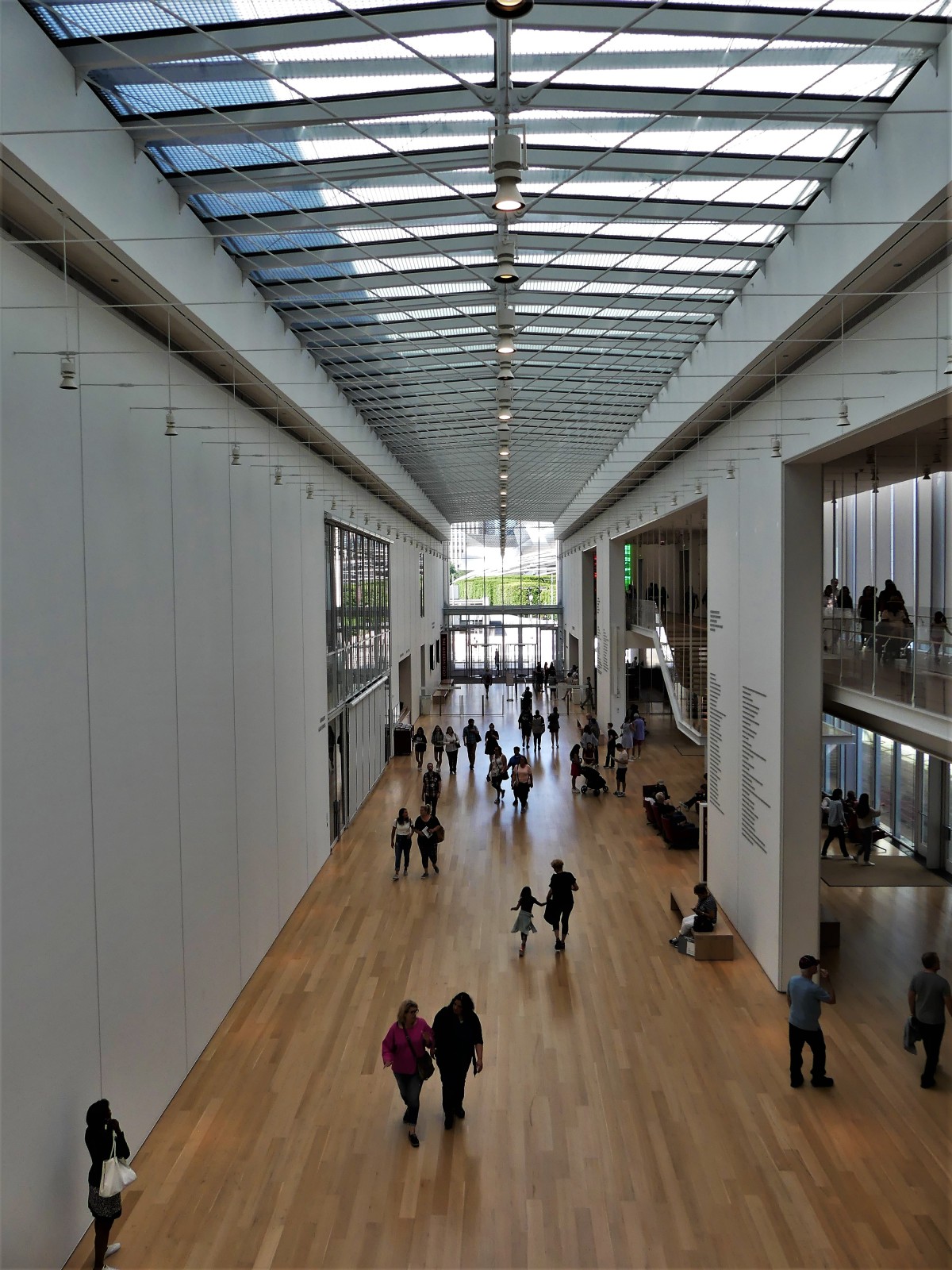



















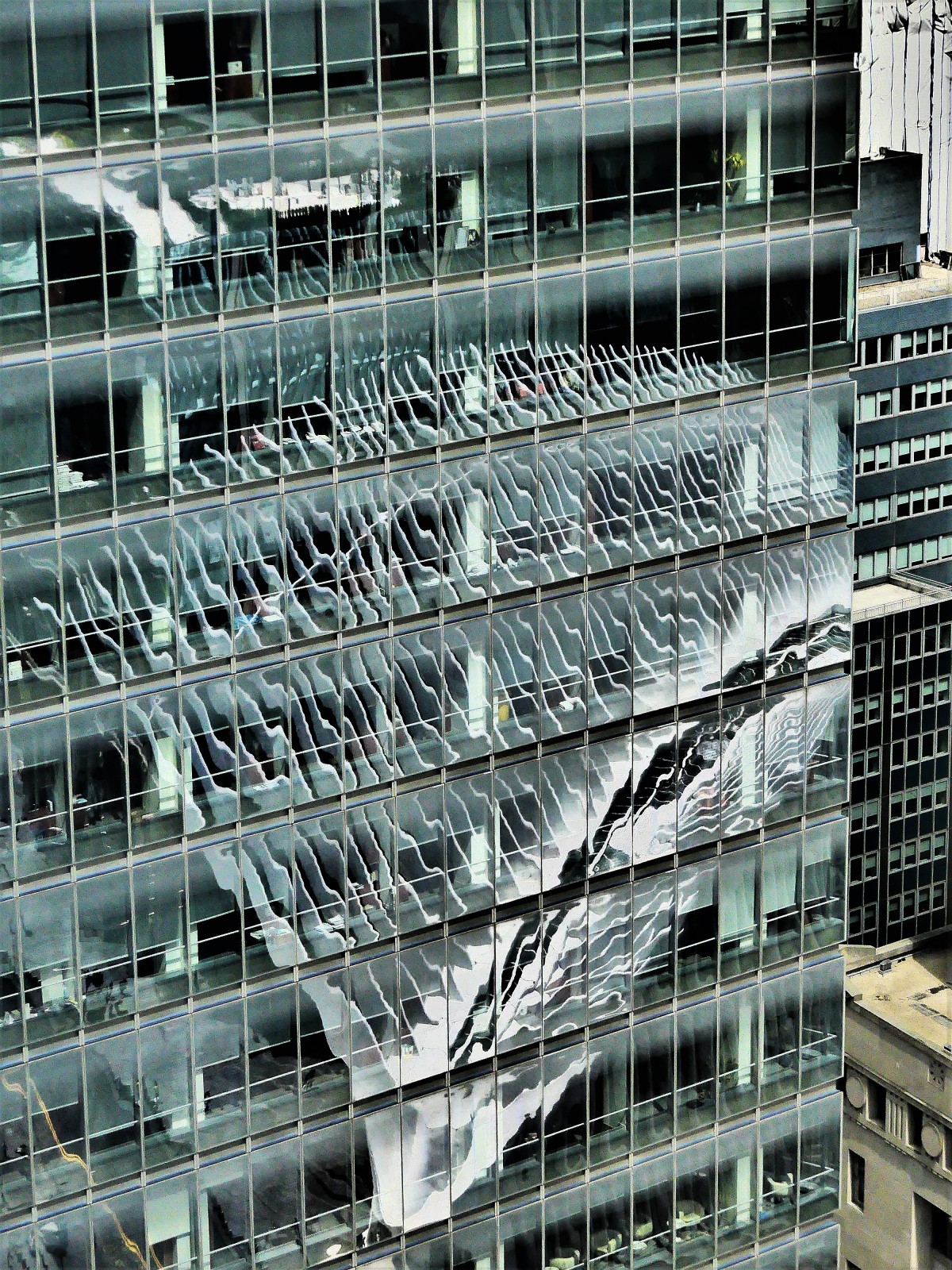

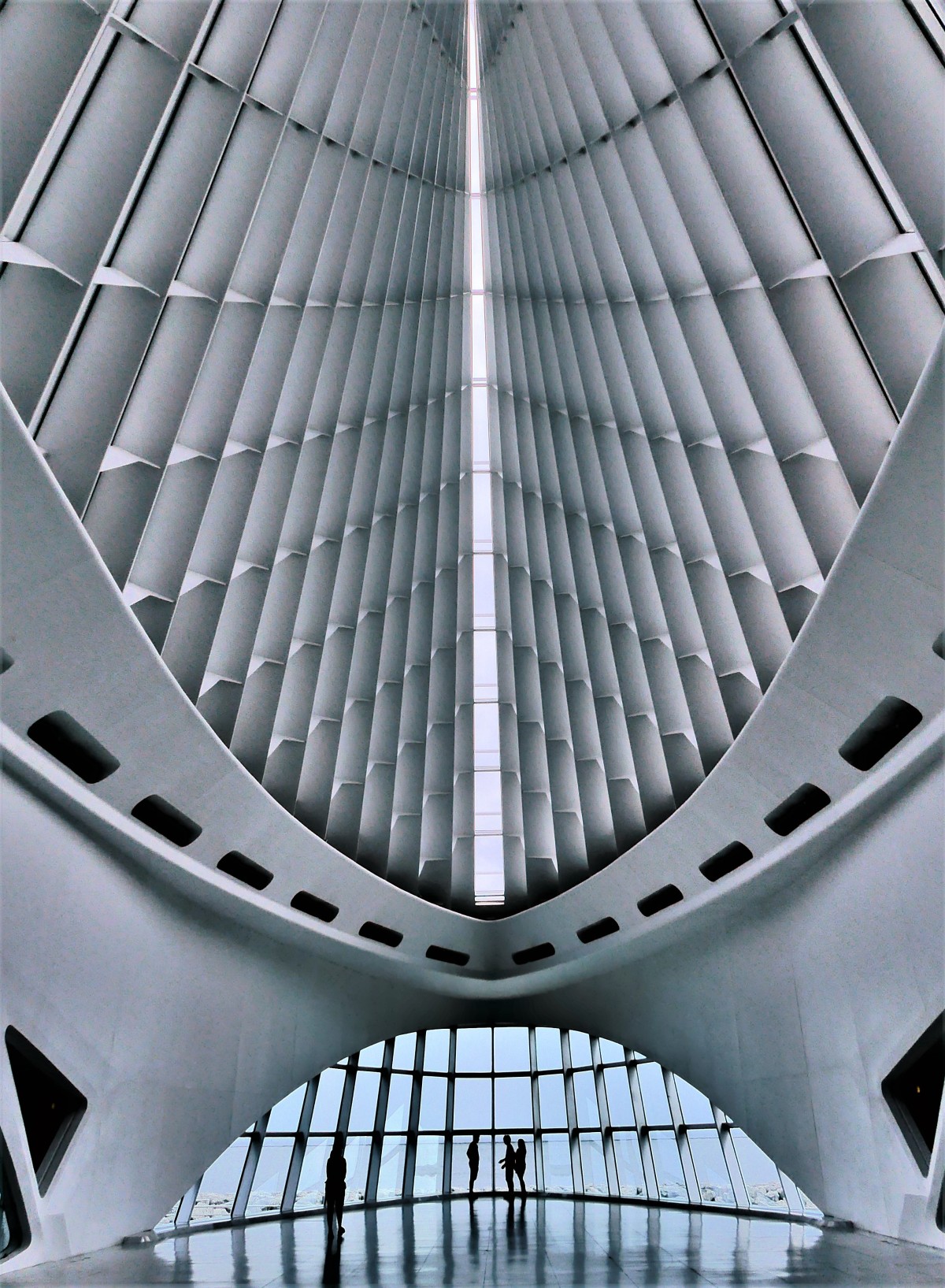



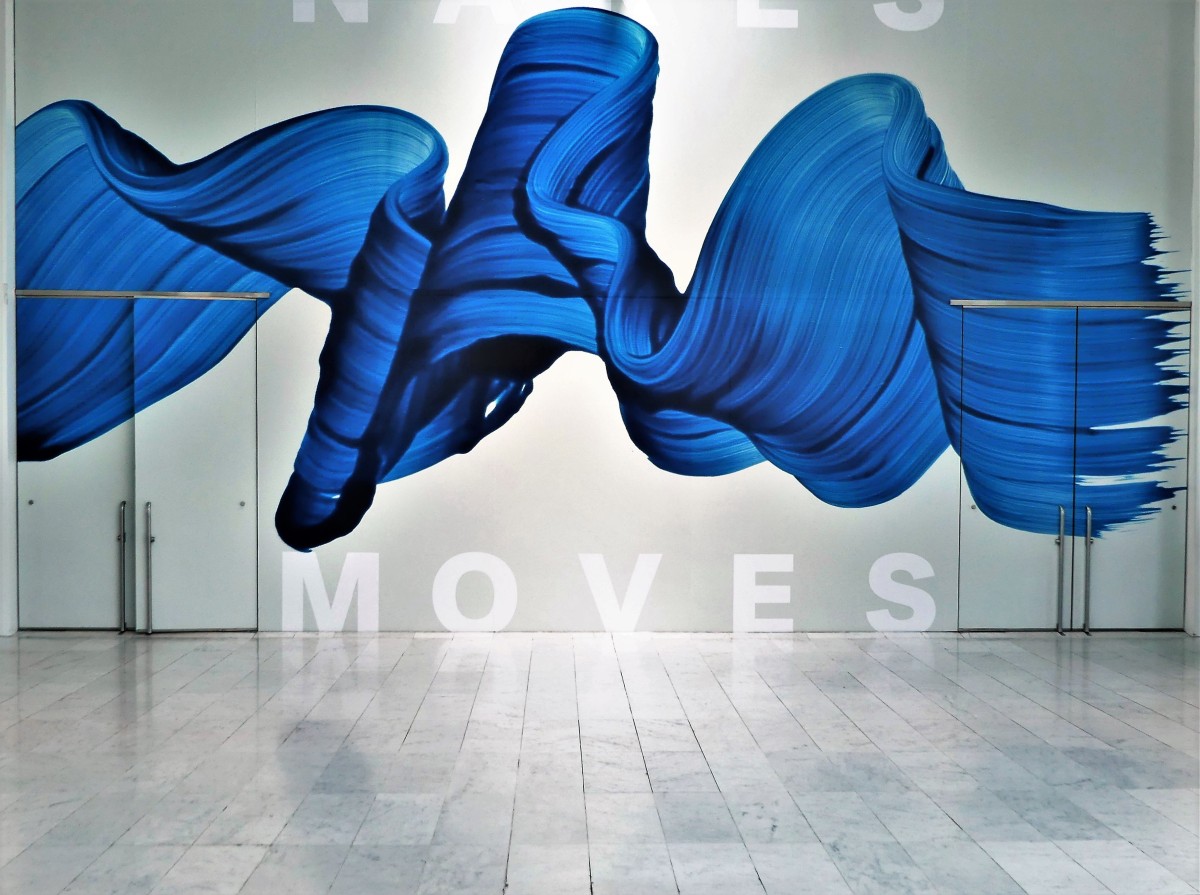






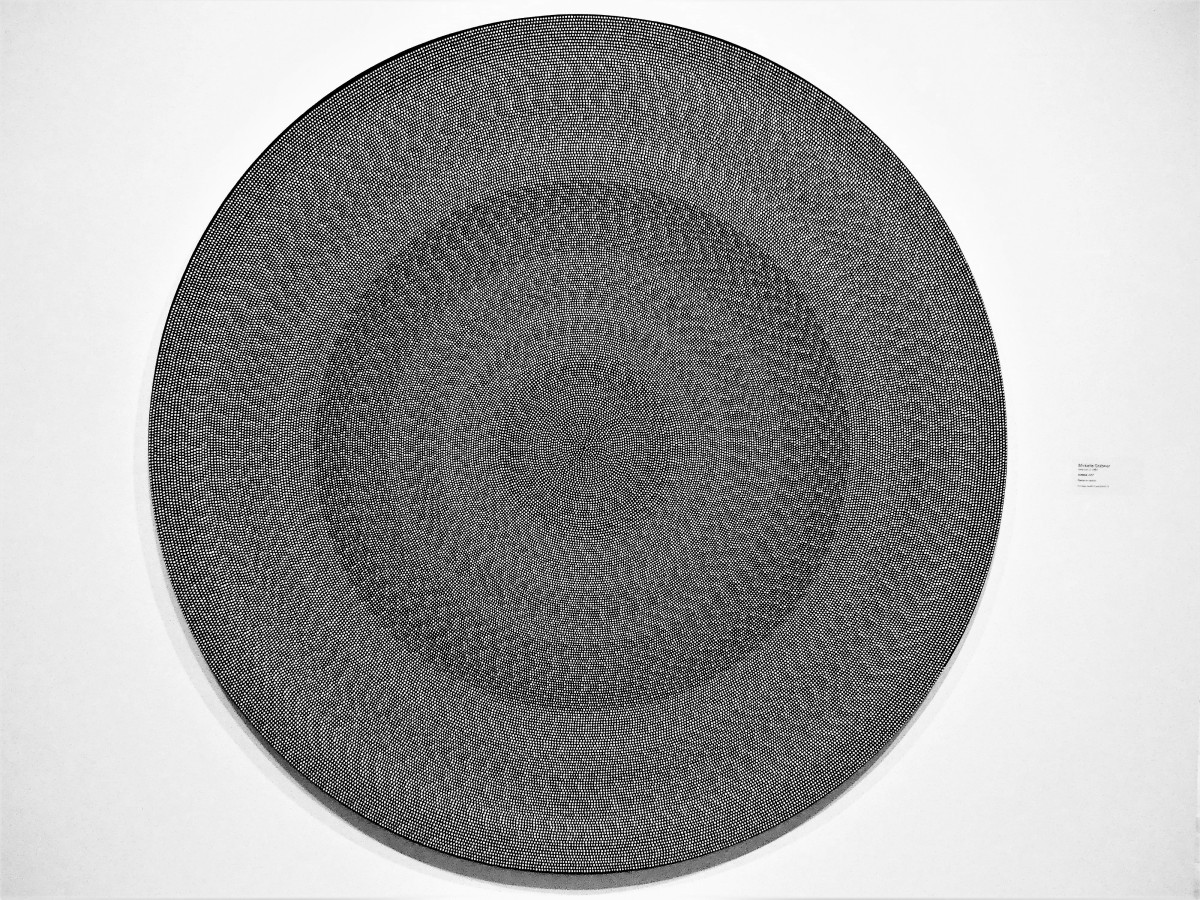 (quickly scroll up and down for cool moiré effect)
(quickly scroll up and down for cool moiré effect)